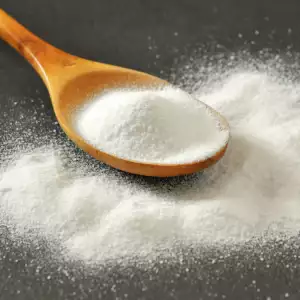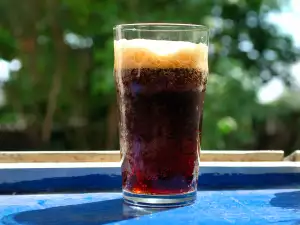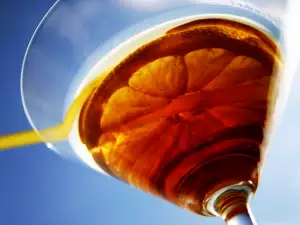Ammonium carbonate, also known as baker's ammonia or salt of hartshorn, consists of pink, white, grey or colorless crystals, which give off a well-expressed ammonia smell. Ammonium carbonate is obtained synthetically, while in the food industry it is labeled as E503.
Ammonium carbonate has good water solubility, at temperatures of 60°F (18 °C) - 80°F (24°C) it begins to release ammonia. In the past it was obtained from nitrous products such as hair, nails, horns, by distillation at high temperatures.
Nowadays, E503 is produced in industrial quantities by heating a mixture of ammonium chloride or by the interaction of water with ammonia in rapid cooling conditions.
Composition of Ammonium Carbonate
Ammonium carbonate consists of ammonium carbamate, ammonium carbonate and ammonium hydrogen carbonate in different proportions. The ammonia content must be no less than 30% and no more than 34%.
Choosing and Storing Ammonium Carbonate
Ammonium carbonate is sold in all supermarkets. Most bottles cost less than $10. Store it in a dry kitchen drawer, away from moisture and direct sunlight.
Cooking with Ammonium Carbonate

Ammonium carbonate is used very commonly in bakeries as a leavening agent of dough products because during the high baking temperatures it breaks apart into gases that form bubbles in the dough. Often, ammonium carbonate is used to make cookies.
It must be noted that when baking cookies made with ammonium carbonate, the kitchen will smell of ammonia, which disappears once baking is finished.
Some people substitute ammonium carbonate with baking powder because they dislike its smell. Still, ammonium carbonate is a potent rising agent. Sweets made with it rise more, while those with baking powder are denser.
In the culinary arts, the general rule of thumb is that cookies be made with ammonium carbonate, while cakes be made with baking soda and an acid - baking powder, for example.
Uses of Ammonium Carbonate
In the food industry, E503 finds application as a baking soda and yeast substitute in the production of bakery and confectionery goods such as cakes, biscuits, chocolate cakes, bagels and others.

As well, ammonium carbonate is used in the pharmaceutical industry to make cough syrup.
Numerous cosmetics companies include ammonium carbonate in the makeup products they put out - it plays a key role as a stabilizer in the color saturation.
E503 very often finds use in the production of wine, while it's also added into the contents of fire extinguishers.
Dangers of Ammonium Carbonate
The food additive E503 is considered potentially dangerous because there exists a real possibility of it releasing ammonia. At the same time, there is the view that the ammonia and carbon evaporate during heat treatment of the product, leaving only water in the final product.
Therefore, the dangers of ammonium carbonate remain unproven. It is harmful to health only in its baseline form. Individuals suffering from ammonium carbonate intolerance must look for another type of leavening agent - baking powder or baking soda.




















Comments